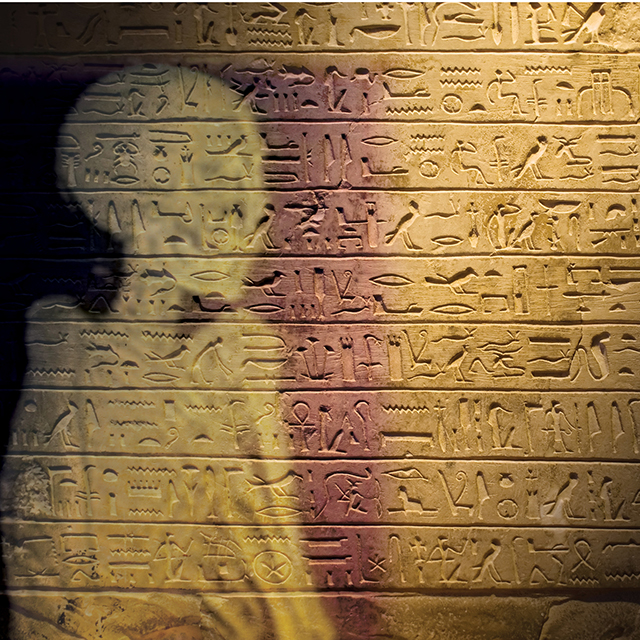Curt Richter (1894–1988), a pioneering psychobiologist who spent 60 years on the Johns Hopkins faculty, is credited with introducing the expression “biological clock.” He first used the term in a 1927 paper that described his observations of the cyclical internal mechanisms that drive the eating, drinking and sexual behavior of animals. This research eventually led to identifying the hypothalamus portion of the brain as a “biological pacemaker” involved in sleeping and wakefulness.
Shortly after arriving at Johns Hopkins in 1919 to study at the Henry Phipps Psychiatric Clinic under John B. Watson, founder of behavioral psychology, Richter was given nine rats to observe. He watched them scamper about, then rest, and he wondered what prompted the changes in their movements.
In order to find out, the young scientist constructed a special cage connected by tubing to a small recording drum. He would feed the rats in the morning and observe them all day. As they ran around, then rested, the recording drum noted every movement with a mark on the paper of a graph-making instrument called a kymograph. A chronometer simultaneously registered the time on a chart.
Within four weeks, Richter had collected data demonstrating that the rats behaved in regularly occurring patterns. Over the years, he observed hundreds of other rats, some of which he collected at night from the alleys of Baltimore.
An ingenious mechanic as well as scientific visionary, Richter eventually invented unique devices and procedures for studying the behavior of more than 20,000 animals — including monkeys, sloths, squirrels, alligators, porcupines, beavers and bears — in the hope that his data would prove useful in discerning disease and dysfunction in humans.
This research led to 375 scientific papers, his classic 1965 book, Biological Clocks in Medicine and Psychiatry, and a Nobel Prize nomination in 1981. When Richter died in 1988, an obituary in The New York Times called him a pioneer in the discovery and study of biorhythms who uncovered “behavioral and biochemical interrelationships governing such diverse matters as sleep, jet lag, stress reactions and the onset of cancer and other diseases.”
His research data, photographs, correspondence and other materials can be found in the Alan Mason Chesney Medical Archives.
___________________________
Neil A. Grauer, a senior writer for Johns Hopkins Medicine’s Department of Marketing and Communications, is a third-generation graduate of The Johns Hopkins University. He has written three books on the history of Johns Hopkins Medicine: Centuries of Caring: The Johns Hopkins Bayview Medical Center Story (2004); Leading the Way: A History of Johns Hopkins Medicine (2012); and The Special Field: A History of Neurosurgery at Johns Hopkins (2015). He also has written about many other facets of the university — including its century-long history as a lacrosse powerhouse — and is the creator of the cartoon mascot for the Blue Jays, the university’s athletic teams.

